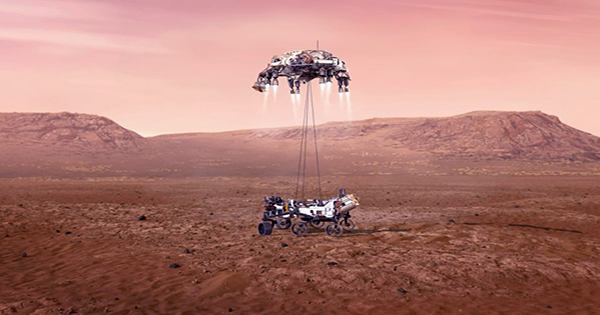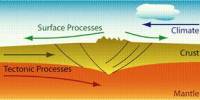Japan has begun discharging cleaned radioactive water from its crippled Fukushima power plant into the Pacific Ocean, 12 years after a nuclear meltdown. Despite China’s embargo on Japanese seafood and protests in Japan and South Korea. According to the UN’s atomic regulator, the water will have “negligible” radiological impact on people and the environment.
In 2011, an earthquake followed by a tsunami destroyed the nuclear power station, disabling its cooling system and causing reactor cores to overheat and contaminate water within the facility with extremely radioactive material.
Japan has begun to discharge effluent into the ocean. However, this is not the type of wastewater that flows into stormwater drains from city streets.It’s processed radioactive wastewater that was used to cool damaged reactors at the Fukushima Daiichi nuclear power facility, which was devastated by an earthquake over a decade ago.
Here are some key points regarding the Fukushima water release:
- Fukushima Daiichi Nuclear Power Plant: Following a huge earthquake and tsunami on March 11, 2011, the Fukushima Daiichi Nuclear Power Plant in Fukushima Prefecture, Japan, experienced a catastrophic meltdown and discharge of hazardous materials. Extensive attempts have been made since then to stabilize the situation and handle the contaminated water that has accumulated at the site.
- Accumulation of Contaminated Water: The plant has accumulated a huge volume of water from cooling the damaged reactors as well as groundwater that has leaked into the reactor buildings. This water has been stored in on-site tanks, and its volume has steadily increased.
- Water Treatment: To reduce the levels of radioactive contaminants in the water, a water treatment process has been implemented. This process removes most of the radioactive materials from the water, leaving it with relatively low levels of radioactive isotopes.
- Plans for Release: The Japanese government and TEPCO announced their plans to release the treated water into the Pacific Ocean in a controlled and gradual manner. They argued that the release would be conducted in accordance with strict safety standards and international guidelines.
- International Concern: The planned release of treated water has sparked concerns and objections from neighboring countries like South Korea and China, as well as from local fishermen and environmental activists. They expressed concerns about the potential environmental impact and the safety of releasing radioactive material into the ocean.
Monitoring and Transparency
The Japanese government has indicated that it will closely monitor the release process and give openness regarding the treatment of the water and the environmental impact of the release. They also stated that the discharge would take place over a long period of time to minimize potential impact.
Tepco, the power plant company, has been pouring in water to cool the reactors’ fuel rods since the tragedy. This means that the facility generates contaminated water every day, which is held in over 1,000 tanks, enough to fill more than 500 Olympic swimming pools.
Japan claims that the land occupied by the tanks is required for the construction of new facilities to properly decommission the plant. It has also sparked concerns about the ramifications of the tanks collapsing in the event of a natural calamity.
















